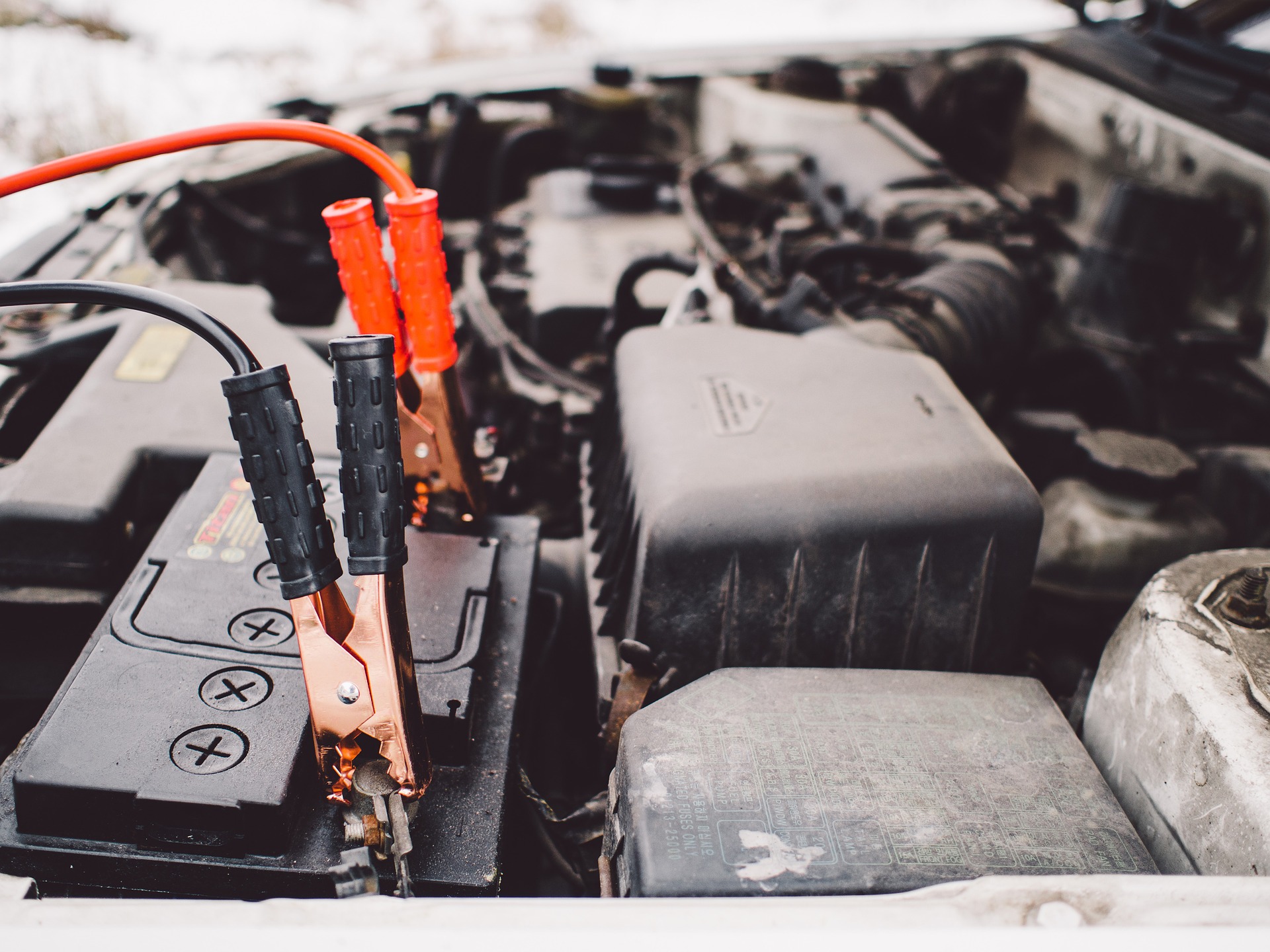Nowadays, many people have at least a slight idea of the importance of giving them to special collecting points rather than throwing them away with all of your other garbage. This is so because of the hazard these items have on the environment.
Yet, it is not thus obvious that old batteries are collected not only for the purpose of avoiding the contamination of the surroundings. There is another crucial reason for it which is lead recycling.
As you can imagine, one of the largest possible batteries used by regular individuals is a car battery. Even though sometimes there are ways of repairing it, many people have to replace it. Fortunately, this car component can be successfully recycled.
Lead and its amazing properties for recycling
It is not thus obvious to many people that old batteries including the car batteries have a great level due to the lead they are containing. This material has fantastic properties allowing it to be recycled several times with almost no loss of parameters. Actually, lead is one of the most recycled materials today.
One of the greatest features of lead is the fact it can be remelted in order to get cleaned of impurities an infinite number of times. According to the specialists, there is no significant difference between the quality of the recovered lead and the lead gathered by mining. This means it can be reused for the production of new items and recycled over and over again!
The exact figures on lead recycling
Now, you are aware of the fact your old car battery can be a great source for lead which can be easily used for producing new batteries. What are the exact figures?
The major purpose of using lead in the modern world is battery production. It is said that up to 85% of the entire amount of lead is used for producing various batteries including the ones used in cars. An incredible fact about this is that the modern recycling technologies can process nearly 100% of all of the lead used for battery production.
Just imagine, in 2013 6.7 million tons of recycled lead was used for production of new goods in 2013 in the world. At that point already the only source of lead used by the companies producing batteries in the USA was the recycled lead. In Europe, 74% of used lead was recycled. Today, the rate of using recycled lead in both Europe and the USA is around 100%. Furthermore, lead-acid batteries are even considered to be the most recycled consumer good right now.
Where is recycled lead used?
As it has already been mentioned, one of the major markets using recycled lead is the production of new batteries. Yet, lead also has other appliances which can also be made with recycled lead. This is, for example, elements used in roofs in the construction industry as well as shields used by the healthcare industry as a protection against radiation.
Even though car lead batteries has already been used for a long time, this technology is still extremely popular and will be used by people in the future. For example, the estimate usage of start-stop lead batteries was at the level of 37 million in 2020 only in micro-hybrid cars.
A short cycle of lead recycling
Certainly, a crucial step for lead recycling is collecting of old batteries which happens in various places today including the dealers of car accessories, metal dealers, recycling businesses as well as DIY stores.
The collected lead is broken and collected from all other components of the batteries. Scraped lead is melted and refined. Thus it is ready for production of new goods.
Why is it important to recycle lead?
As it has already been mentioned, lead can cause severe contamination of nature. This can lead to both environmental damage as well as to the serious harm of human health. For that reason, people should at least collect disposed batteries based on lead.
As you now know, lead can be successfully recycled so there is no need to just stop on the collection of lead batteries itself. Yet, one of the crucial questions regarding any recycling technology is whether it is cost-effective or not.
Fortunately, in the case of recovering lead from lead batteries, the costs of recycling old batteries is significantly lower than excavating new lead. In practice, the costs of recovering lead from old batteries can be as low as 35%. At the same time, as it has already been mentioned, the quality of recycled lead almost does not differ from newly produced lead.
Beyond a shadow of a doubt, it is also crucial to recycle lead because it is widely used in electronics. While regular batteries used in small devices are featured by a quite small size, this is not the same for both petrol and diesel vehicles the number of which today is exceeding one billion. Another usage of lead batteries of a greater size is a backup storage supporting telecommunicating systems. Needless to say how crucial this technology is for modern people.

